Trinidad 7-Pot
Species: Capsicum chinense | Origin: Trinidad and Tobago | Pungency: Super Hot
Trinidad 7-Pot, also known as 'Trinidad Seven Pot', 'Trinidad 7-Pod' and 'Trinidad Seven Pod', is one of the hottest chillies in the world and is a landrace variety from the Chaguanas region of Trinidad, which is located on the western coast and situated between the two main cities of Port-of-Spain and San Fernando. The Chaguanas region was given its name by the Spanish in the 18th century when it was inhabited by an indigenous Amerindian tribe called the Chaguanes. Local folklore suggests that one of these chilli peppers is hot enough to spice up seven large pots of stew, thus the name — 'Trinidad 7-Pot'. In Trinidad and Tobago, superhot chillies are used to make military grade pepper spray and marine paint, which prevents barnacles and other marine organisms from attaching themselves to the underwater portion of boats.
Trinidad and Tobago, officially known as the Republic of Trinidad and Tobago, is an island country in the southeastern West Indies and consists of the two main islands of Trinidad and Tobago and several much smaller islands. Situated close to the South American mainland, with Venezuela to the southwest and Guyana to the southeast, Trinidad and Tobago is recognised as being the place of origin for the original Caribbean superhot varieties, namely the Trinidad 7-Pot and the Trinidad Scorpion, both of which are landraces that have been used by plant breeders to develop newer and hotter varieties. The Trinidad 7-Pot and the Trinidad Scorpion were much sought after varieties by chilli-heads in the early 2000s because of their reputed high-heat content.
Nowadays, there are many varieties and strains of 7-Pot, including multiple colour variants of each. Some of the well known ones include: 7-Pot Jonah (the original seeds of which came from a man named Jonah Bajnath), 7-Pot Brainstrain (a variety developed through selective breeding by chilli grower and hobbyist David Capiello from the USA), 7-Pot Barrackpore (a strain named after the town of Barrackpore in Southern Trinidad), 7-Pot Bubblegum (a variety developed by chilli grower John Harper from the UK), 7-Pot Douglah (a brown variant from Trinidad), 7-Pot SR (the abbreviation SR stands for the initials of a Trinidadian lady by the name of Sarah Ragoonan) and 7-Pot Primo (a cross between Trinidad 7-Pot and Naga Morich, created by horticulturist Troy Primeaux from the USA). However, the variety shown below is said to be the original one, and is most likely Trinidad 7-Pot Chaguanas.
The plants typically grow to about four feet in height and produce good yields of irregular-shaped chillies which start light green and ripen through orange and then to bright red. As they begin the ripening process they pass through some very attractive colour changes, and green, orange and red can sometimes be seen on individual fruits at the same time, making them a real sight to behold! The chillies have the typical pimply skin texture (rough exocarp) that one would expect from a superhot variety, except it's not quite as pronounced when compared to some other varieties. Trinidad 7-Pot chillies have a very strong citrus-like aroma and a very strong fruity flavour and are great for warding off evil spirits and keeping unwanted guests away from the door.
Page published on: 1st July 2020
Trinidad 7-Pot, also known as 'Trinidad Seven Pot', 'Trinidad 7-Pod' and 'Trinidad Seven Pod', is one of the hottest chillies in the world and is a landrace variety from the Chaguanas region of Trinidad, which is located on the western coast and situated between the two main cities of Port-of-Spain and San Fernando. The Chaguanas region was given its name by the Spanish in the 18th century when it was inhabited by an indigenous Amerindian tribe called the Chaguanes. Local folklore suggests that one of these chilli peppers is hot enough to spice up seven large pots of stew, thus the name — 'Trinidad 7-Pot'. In Trinidad and Tobago, superhot chillies are used to make military grade pepper spray and marine paint, which prevents barnacles and other marine organisms from attaching themselves to the underwater portion of boats.
Trinidad and Tobago, officially known as the Republic of Trinidad and Tobago, is an island country in the southeastern West Indies and consists of the two main islands of Trinidad and Tobago and several much smaller islands. Situated close to the South American mainland, with Venezuela to the southwest and Guyana to the southeast, Trinidad and Tobago is recognised as being the place of origin for the original Caribbean superhot varieties, namely the Trinidad 7-Pot and the Trinidad Scorpion, both of which are landraces that have been used by plant breeders to develop newer and hotter varieties. The Trinidad 7-Pot and the Trinidad Scorpion were much sought after varieties by chilli-heads in the early 2000s because of their reputed high-heat content.
Nowadays, there are many varieties and strains of 7-Pot, including multiple colour variants of each. Some of the well known ones include: 7-Pot Jonah (the original seeds of which came from a man named Jonah Bajnath), 7-Pot Brainstrain (a variety developed through selective breeding by chilli grower and hobbyist David Capiello from the USA), 7-Pot Barrackpore (a strain named after the town of Barrackpore in Southern Trinidad), 7-Pot Bubblegum (a variety developed by chilli grower John Harper from the UK), 7-Pot Douglah (a brown variant from Trinidad), 7-Pot SR (the abbreviation SR stands for the initials of a Trinidadian lady by the name of Sarah Ragoonan) and 7-Pot Primo (a cross between Trinidad 7-Pot and Naga Morich, created by horticulturist Troy Primeaux from the USA). However, the variety shown below is said to be the original one, and is most likely Trinidad 7-Pot Chaguanas.
The plants typically grow to about four feet in height and produce good yields of irregular-shaped chillies which start light green and ripen through orange and then to bright red. As they begin the ripening process they pass through some very attractive colour changes, and green, orange and red can sometimes be seen on individual fruits at the same time, making them a real sight to behold! The chillies have the typical pimply skin texture (rough exocarp) that one would expect from a superhot variety, except it's not quite as pronounced when compared to some other varieties. Trinidad 7-Pot chillies have a very strong citrus-like aroma and a very strong fruity flavour and are great for warding off evil spirits and keeping unwanted guests away from the door.
Page published on: 1st July 2020
 |
| Trinidad 7-Pot - 29th March 2019 |
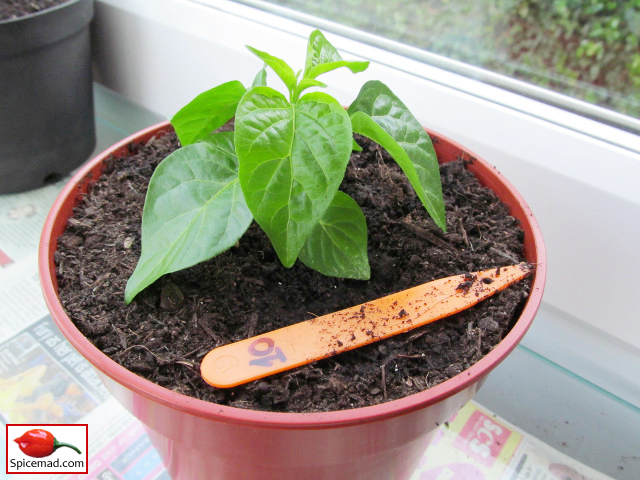 |
| Trinidad 7-Pot - 21st April 2019 |
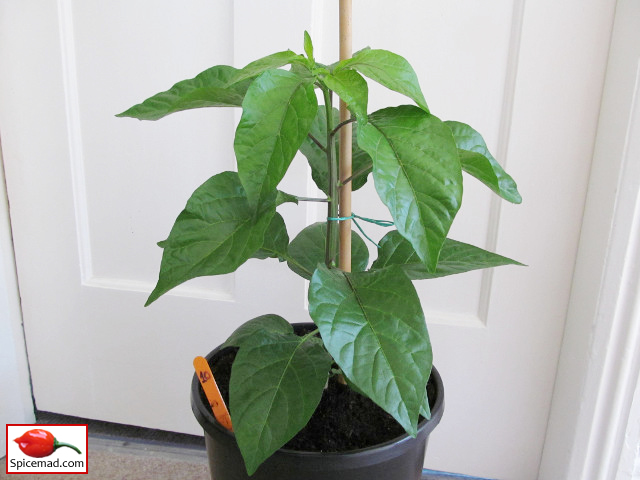 |
| Trinidad 7-Pot - 28th May 2019 |
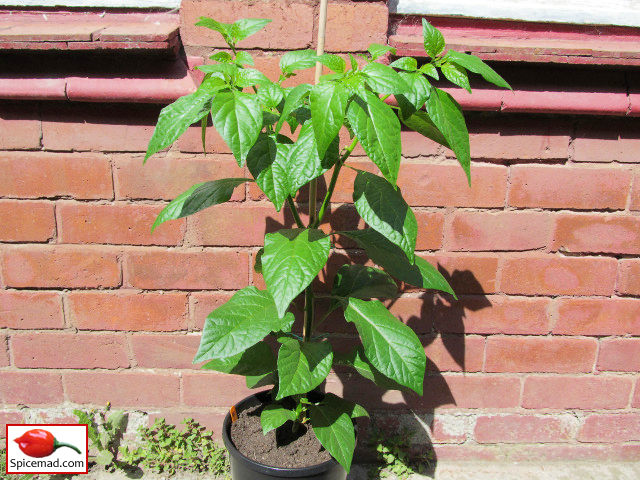 |
| Trinidad 7-Pot - 22nd June 2019 |
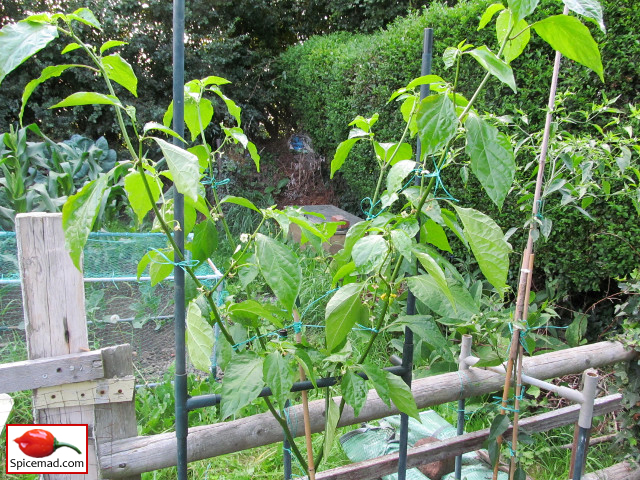 |
| Trinidad 7-Pot - 23rd July 2019 |
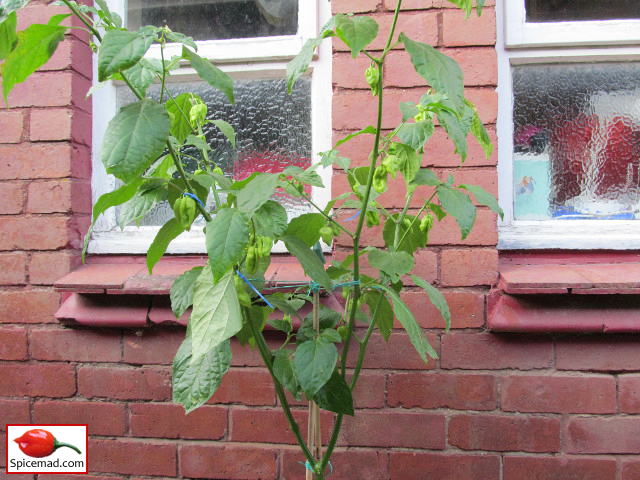 |
| Trinidad 7-Pot - 15th August 2019 |
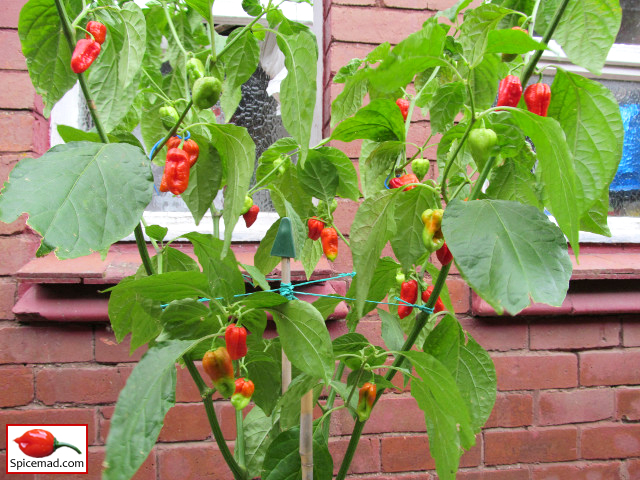 |
| Trinidad 7-Pot - 12th September 2019 |
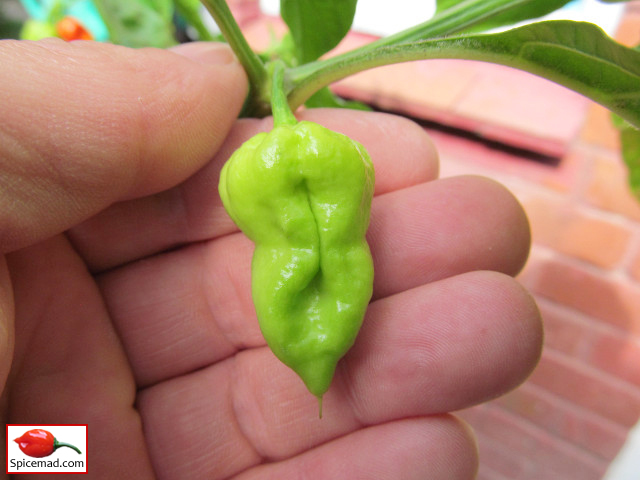 |
| Trinidad 7-Pot - 8th September 2019 |
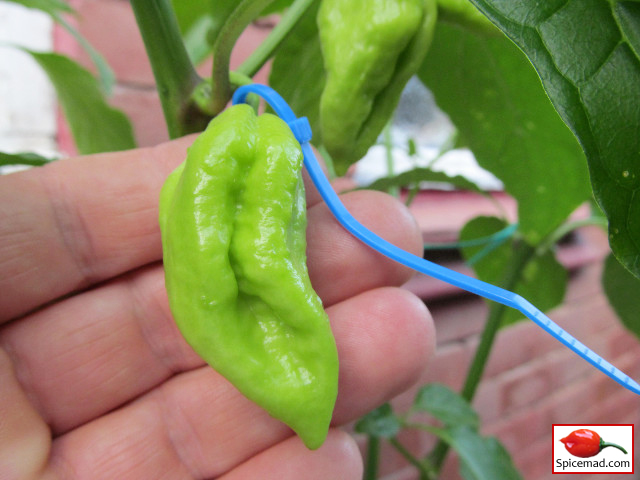 |
| Trinidad 7-Pot - 15th August 2019 |
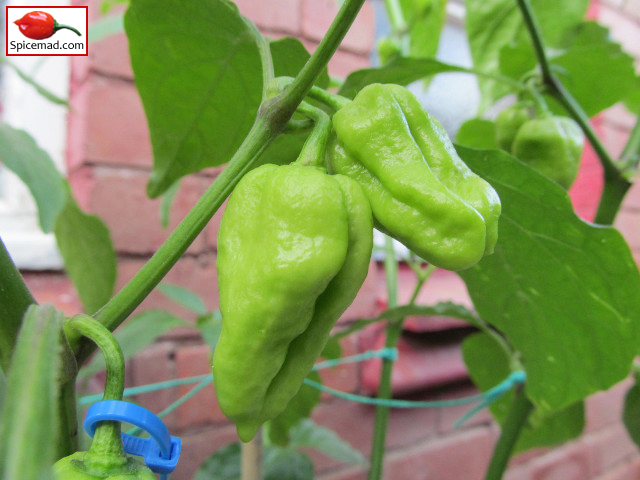 |
| Trinidad 7-Pot - 15th August 2019 |
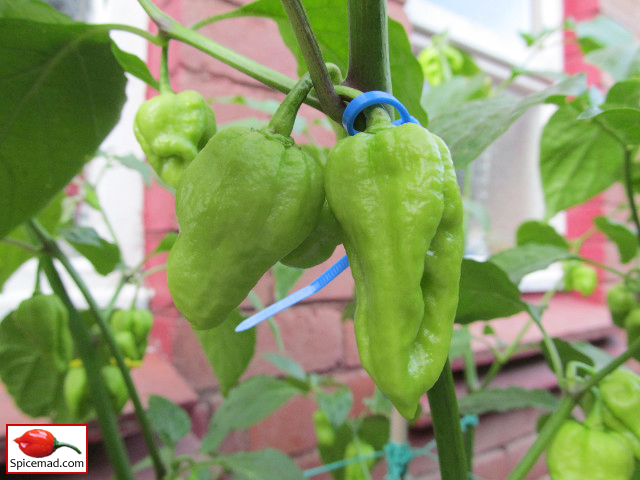 |
| Trinidad 7-Pot - 15th August 2019 |
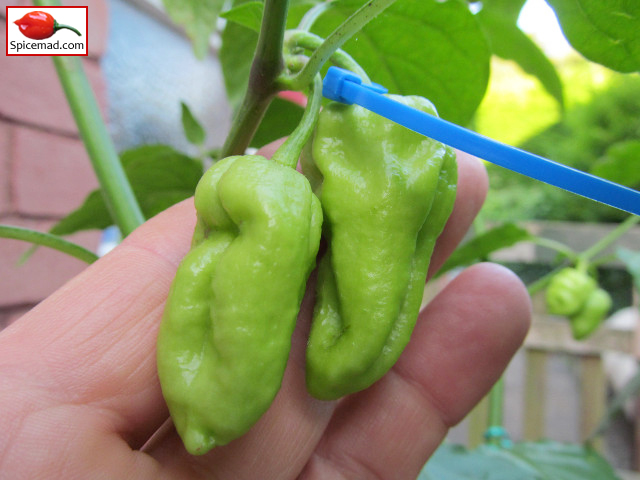 |
| Trinidad 7-Pot - 15th August 2019 |
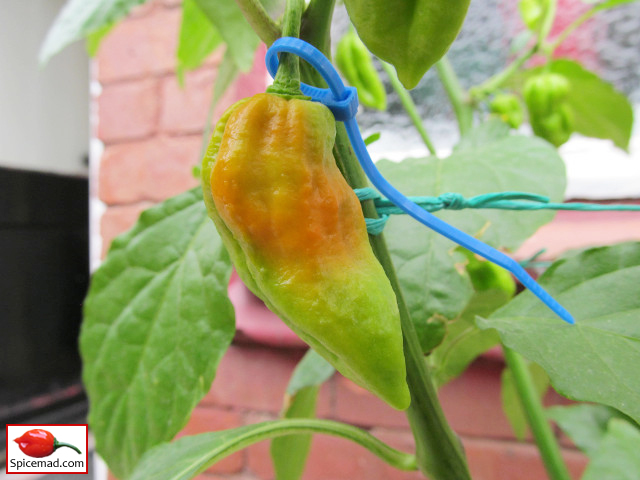 |
| Trinidad 7-Pot - 26th August 2019 |
 |
| Trinidad 7-Pot - 27th August 2019 |
 |
| Trinidad 7-Pot - 28th August 2019 |
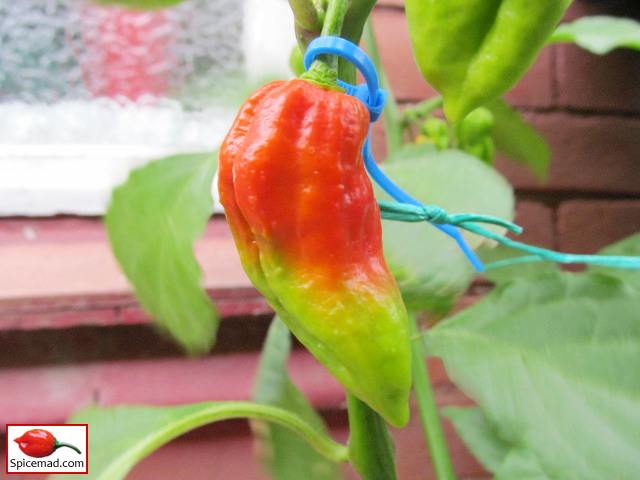 |
| Trinidad 7-Pot - 30th August 2019 |
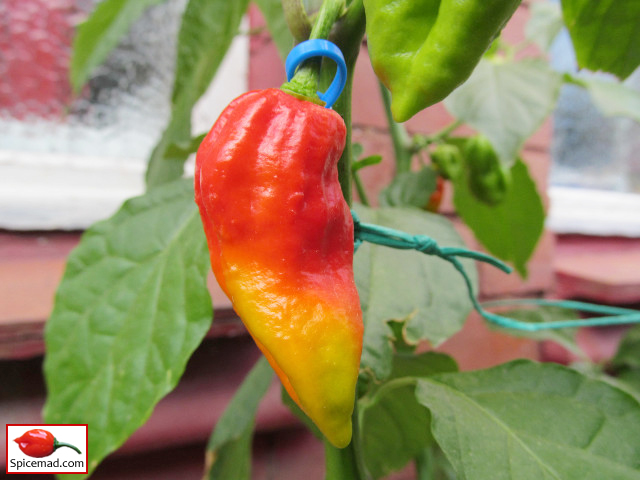 |
| Trinidad 7-Pot - 1st September 2019 |
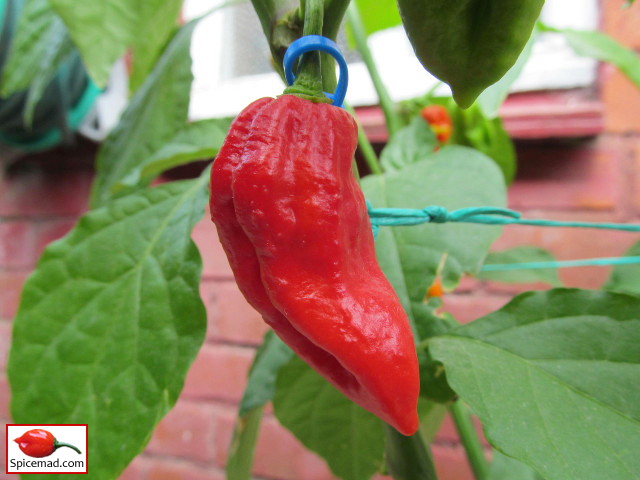 |
| Trinidad 7-Pot - 8th September 2019 |
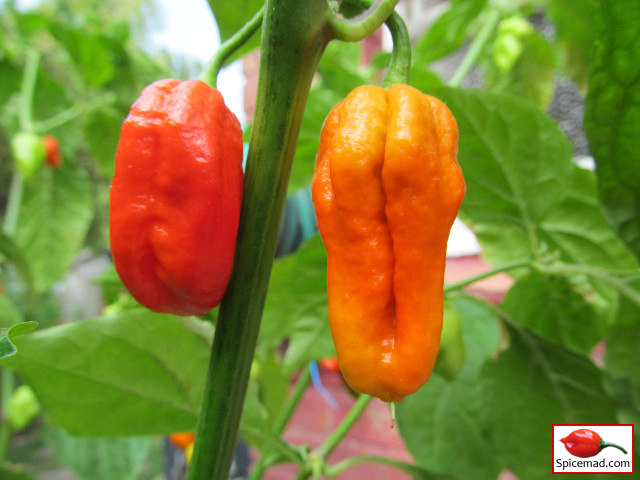 |
| Trinidad 7-Pot - 8th September 2019 |
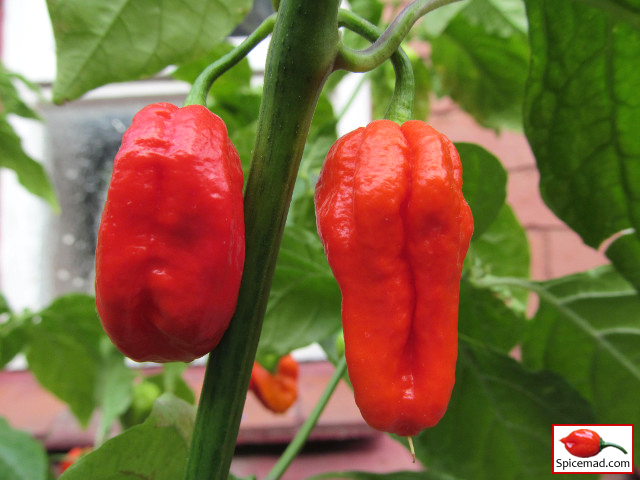 |
| Trinidad 7-Pot - 11th September 2019 |
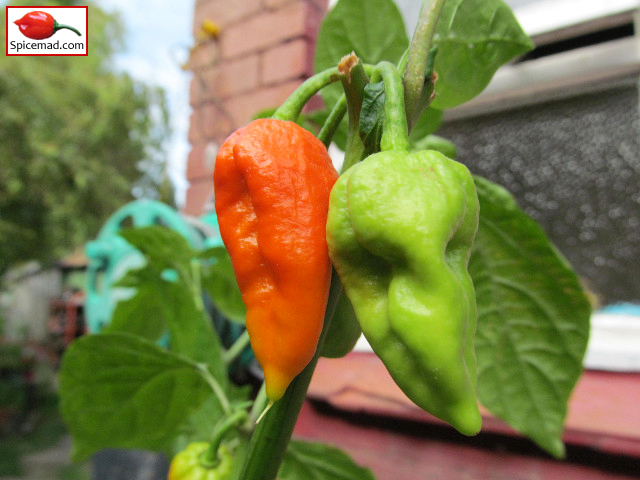 |
| Trinidad 7-Pot - 8th September 2019 |
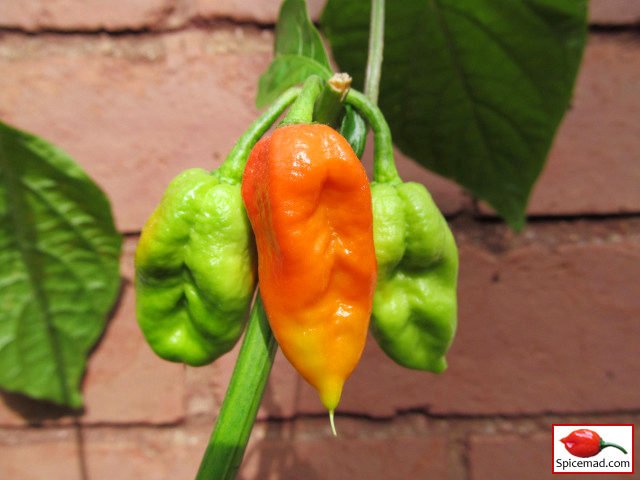 |
| Trinidad 7-Pot - 8th September 2019 |
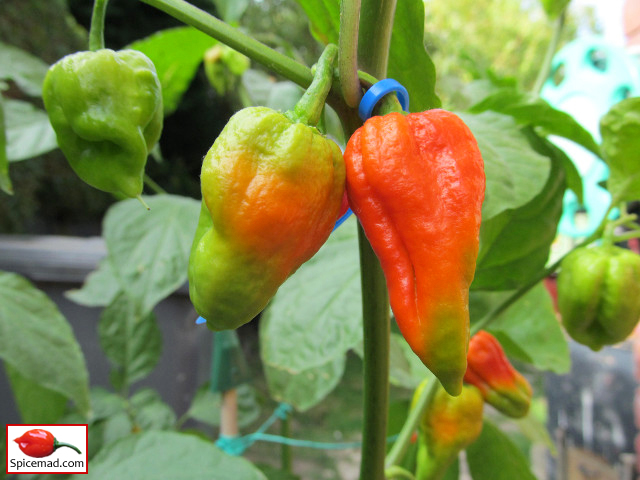 |
| Trinidad 7-Pot - 8th September 2019 |
 |
| Trinidad 7-Pot - 8th September 2019 |
 |
| Trinidad 7-Pot - 8th September 2019 |
 |
| Trinidad 7-Pot - 11th September 2019 |
 |
| Trinidad 7-Pot - 11th September 2019 |
 |
| Trinidad 7-Pot - 11th September 2019 |
 |
| Trinidad 7-Pot - 12th September 2019 |
